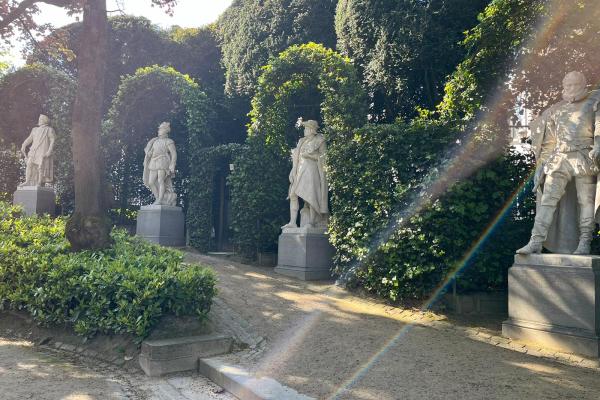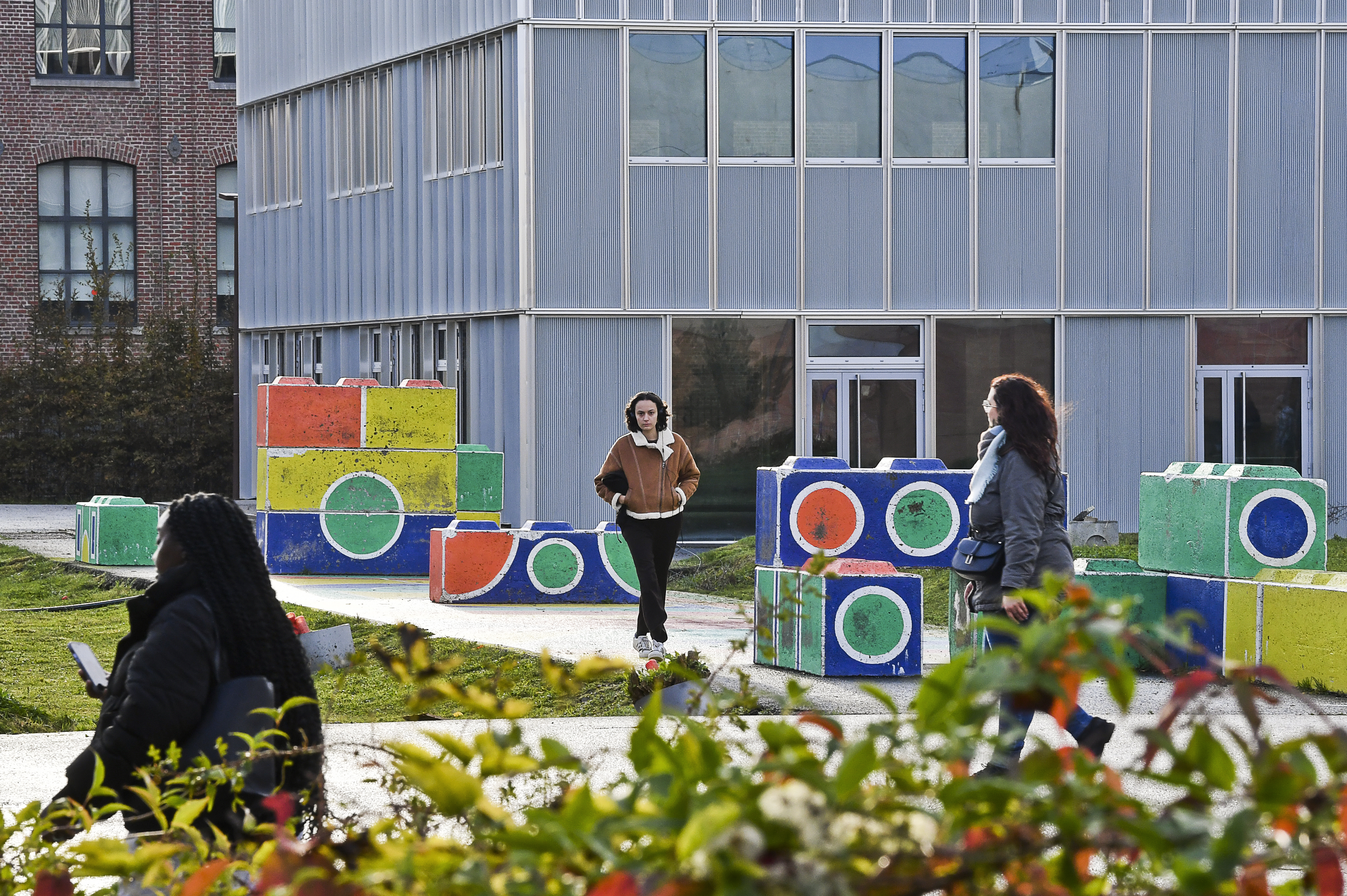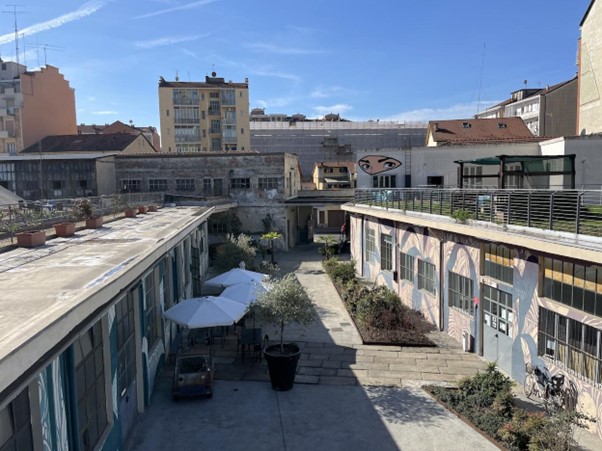
Culture and cultural heritage as mobilising factors
What role can Culture and Cultural Heritage play in engaging, activating and mobilising citizens? 5th call for proposals of Urban Innovative Actions (UIA) investigated the role of culture and cultural heritage as vital assets for regional competitiveness and social cohesion in Europe. This question, among many other, was explored across Europe by the 6 projects funded out of 105 proposals received: focused on people’s networks and interconnections, open decision-making processes engaging citizens in defining problems and solutions, planning and managing together the use of collective spaces and services, and making the city a common good. Initiatives such as UIA that allow cities to explore and innovate are key to better understand how to develop urban regeneration actions by combining the transformation of the cities physical assets, the socio-economic revitalization of neighbourhoods and the involvement of local communities. Each UIA project was a journey to the unknown, as it attempts unproven solutions to address critical challenges in an innovative and novel way, but there are common points, important lessons learnt and useful takeaways, which we will discuss in the following article.

cultural heritage tourcoing
Leveraging innovation
UIA projects often have impactful stories of using culture as a lever of innovation, helping cities to face contemporary urban challenges. Local culture, together with the activation of the creative sector and the revalorization of cultural heritage, has been used to generate multilevel positive impact. Additionally, it has helped public authorities to become major drivers in society, performing beyond their traditional roles and boundaries: strengthening people’s wellbeing, contributing to social cohesion and social transformation, increasing participation and creative citizenship, boosting innovation, and, bringing changes to spatial development. This is the story of several of UIA-funded cities working at the intersection of different fields, developing new, inclusive and cross-sectoral ecosystems. How did these projects bring together different worlds in one common project? The efforts they made in establishing and managing new ecosystems, has a lot to do with the tools, the methods, the approaches, the languages and messages put in place to ensure wide and diverse engagement.
In Újbuda district in Budapest, CUP 4 CREATIVITY addressed the phenomenon of digital loneliness providing online and offline ways for locals to participate in cultural activities and the cultural life of the district. One big challenge here was the activation of the local independent cultural initiatives to join the City-led effort, while the project invested in building common cultural places as hubs to bring closer diverse local actors and facilitate the creation of new synergies.
From digital loneliness to digital participation, the DARE project in Ravenna, Italy, invested in new digital tools to turn the story of a deprived area into a model for participative urban planning process. Although the project focuses on digital transformation, the physical participative activities were game changers; bringing people closer and cultivating a culture of collaboration overcoming the mistrust and reluctance that usually characterise a local community when addressing actions with strong digital presence.
Combining the tangible element of an urban regeneration with intangible role of cultural heritage was seen across multiple projects. In the, Cultural H.ID.RA.N.T project, the City of Chalandri activated a hidden cultural heritage element. The ancient Roman aqueduct became the occasion to develop a new system of pocket-size public spaces, and also to highlight the role of water as a cultural heritage and a tool to nurture a new active community around it. The project is not only about a new fascinating architectural/urban development with long and challenging public procurement processes, but equally about creating a new water community and new local institutions engaging people in the co-governance of their natural resource.
Collective place restoration has been also the case for CAMINA in Almeria: focusing on bridging together three segregated neighbourhoods, this initiative aims at creating a common narrative for a city with rich and diverse history. In this case, culture unites distinct communities, while the establishment of a laboratory to co-design and implement cultural projects has been crucial in the journey. It provided a “safe space” for interaction, overcoming in some cases even a more active presence of the municipality.
Putting art at the centre, culture becomes an agent for social transformation in Tilburg: with ForwArt youth criminalisation is tackled by offering the younger population self-exploration and identity development through cultural expression. A challenging component of the initiative, youth participation proved as a key factor to let “project ambassadors” emerge, helping amplify the impact of the initiative, and contributing to transform neighbourhoods with social challenges from a place to hide to a place of pride.

forwART
Working together
The way local stakeholders, communities, organisations, individuals and different categories are engaged in these processes is not secondary, and calls into question the role that public authorities can play in stimulating culture and cultural heritage related initiatives as collaborative, generative and collective experiences, as opposed to a top-down project implemented onto the community. Fostering positive social transformation, producing efforts to shift the aspirations of the inhabitants, building on their strengths and working to generate new skills, capacities, ambitions and leaderships, pushed Municipalities to imagine (first), design and implement (later) new policies, capable of incorporating these emerging new values. In this sense, different and more agile administrative, legal and operational frameworks and processes were needed: friction and tensions, institutionalisation of more informal frameworks, and de-structuring of more formalised approaches had key impact on the innovation capacities of local ecosystems, generating learning, mutual knowledge, and finally new institutions, new players, new interfaces, and new public functions.
Horizontal governance proved to be a challenging model, as albeit being a key to maintain flexibility and adaptability in the emerging local ecosystems. At the same time existing public policy frameworks helped guide the processes but were often put into question when their rigid limits risked undermining the effectiveness of local action. Combining creativity, lateral thinking and a deep understanding of the local context, with the capacity to listen, engage and rearrange the trajectories of public action according to the local needs, UIA 5th call Cities working using culture and cultural heritage as levers for solutions, practices, and in some cases new organisations and institutions that are unprecedented. In this sense, positive impact happened when public authorities devolved a part of their power, committing to open the gates of the Mayor’s Offices and the City Departments, to embrace citizens, local groups, artists, to design and implement projects together: to build on the strength and creative, innovative power of the citizens, empowering them and nurturing local pride and sense of belonging.
*This article is based on the outputs of the “Study visit & Talk: Culture and Cultural Heritage Cities'' organised by UIA Experts in Cultural Heritage Haris Biskos, Zsuzsa Kravalik, Chiara Lucchini, Levente Polyak, Ileana Toscano in Torino on 15th March 2023. The initiative was realized with the help and generous participation of the Cities receiving funding under the Urban Innovative Actions programme (Almeria, Halandri, Kosice, Ravenna, Tilburg, Ujbuda - Budapest) with a programme of activities closely intertwined with the experiences and practices rooted in Torino, combining both UIA funded experiences (CO-CITY and the resulting Co4Cities URBACT-UIA transfer mechanism; TONITE) and other local initiatives, pilots and test-sites sharing similar approaches on Culture and Cultural Heritage.
